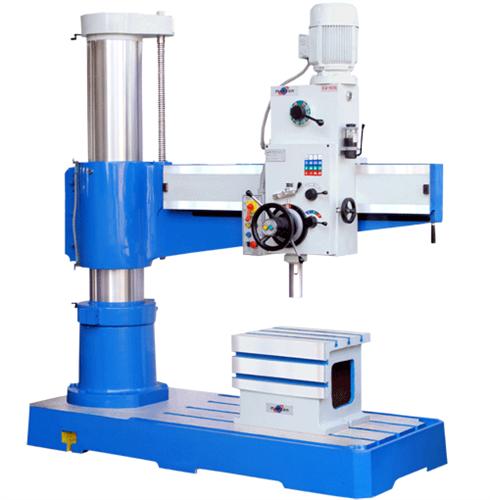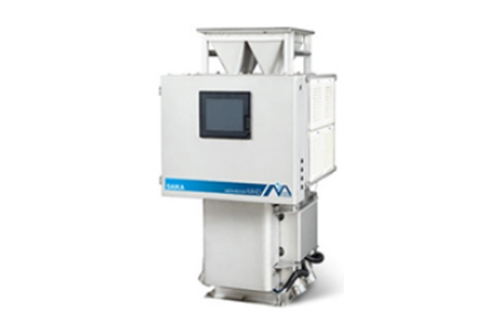Impact Drill vs. Regular Drill: Unveiling the Dynamics of Drilling Precision and Power
3 min read
In the realm of power tools, the choice between an impact drill and a regular drill often leaves users contemplating the nuances that set these tools apart. This exploration delves into the key differences between an impact drill and a regular drill, shedding light on their functionalities, applications, and the factors that influence the selection process.
1. Mechanism of Action:
At the core of the distinction lies the mechanism of action. A regular drill operates on a straightforward rotary motion, creating holes by spinning the drill bit. On the other hand, an impact drill combines rotary motion with a pulsating hammering action. This dynamic hammering imparts additional force, enhancing the tool's ability to tackle tougher materials.
2. Power and Torque:
Impact drills are renowned for their higher torque and increased power compared to regular drills. The pulsating hammering action not only facilitates faster drilling but also allows users to tackle denser materials, such as masonry and concrete, with greater efficiency. The enhanced power of impact drills makes them ideal for heavy-duty applications.
3. Versatility in Applications:
Regular drills excel in precision drilling tasks, making them suitable for woodworking, metalworking, and general-purpose drilling. Impact drills, with their added hammering force, extend their capabilities to more robust applications. They shine in tasks like driving screws into tough materials, drilling into concrete, and handling heavy-duty construction projects.
4. Precision and Control:
When it comes to precision and control, regular drills take the lead. The absence of the hammering action allows for smoother and more controlled drilling, making regular drills the preferred choice for delicate tasks that require finesse. Furniture making, intricate carpentry, and precise hole placement are scenarios where the regular drill excels.
5. Considerations for DIY Enthusiasts:
For DIY enthusiasts and homeowners, the choice between an impact drill and a regular drill hinges on the nature of projects. If the tasks involve standard drilling, screw driving, and lighter-duty applications, a regular drill suffices. However, for those venturing into renovations, home improvements, or working with diverse materials, an impact drill becomes a versatile companion.
6. Noise and Vibration Levels:
The impact mechanism in impact drills contributes to higher noise and vibration levels compared to regular drills. Users working in noise-sensitive environments or those seeking a tool with reduced vibrations may find a regular drill more suitable for their needs. Regular drills provide a quieter and smoother drilling experience.
7. Investment and Tool Longevity:
Impact drills, with their added features and capabilities, often come at a higher cost than regular drills. Consideration should be given to the nature and frequency of use. For occasional DIY projects and lighter applications, a regular drill may present a cost-effective and durable solution. For professionals engaged in heavy-duty tasks, the additional investment in an impact drill may be justified by its enhanced performance.
Conclusion:
In conclusion, the decision between an impact drill and a regular drill boils down to the specific needs of the user and the nature of the tasks at hand. The key lies in understanding the differences in their mechanisms, power, precision, and applications. Whether it's the finesse of a regular drill or the power-packed versatility of an impact drill, each tool has its place in the toolbox, catering to the diverse demands of drilling in various industries and DIY projects.


